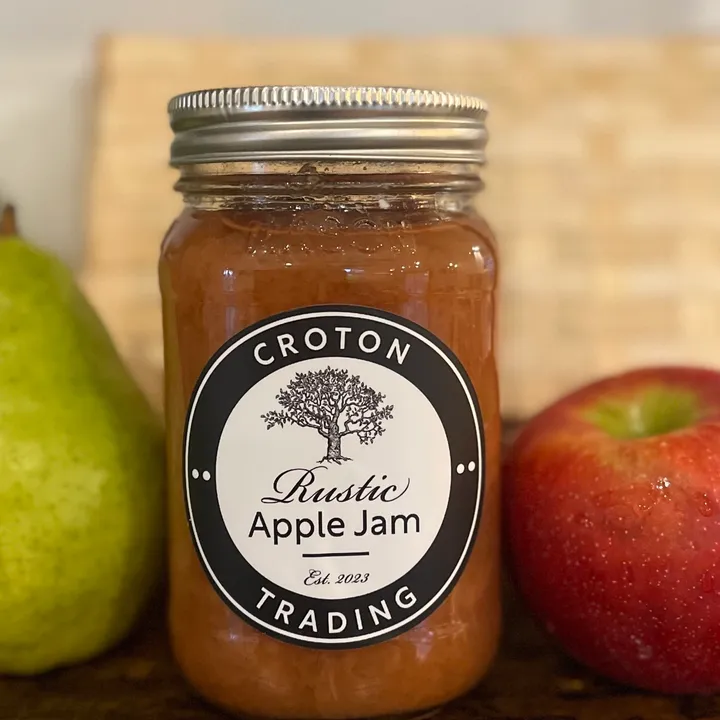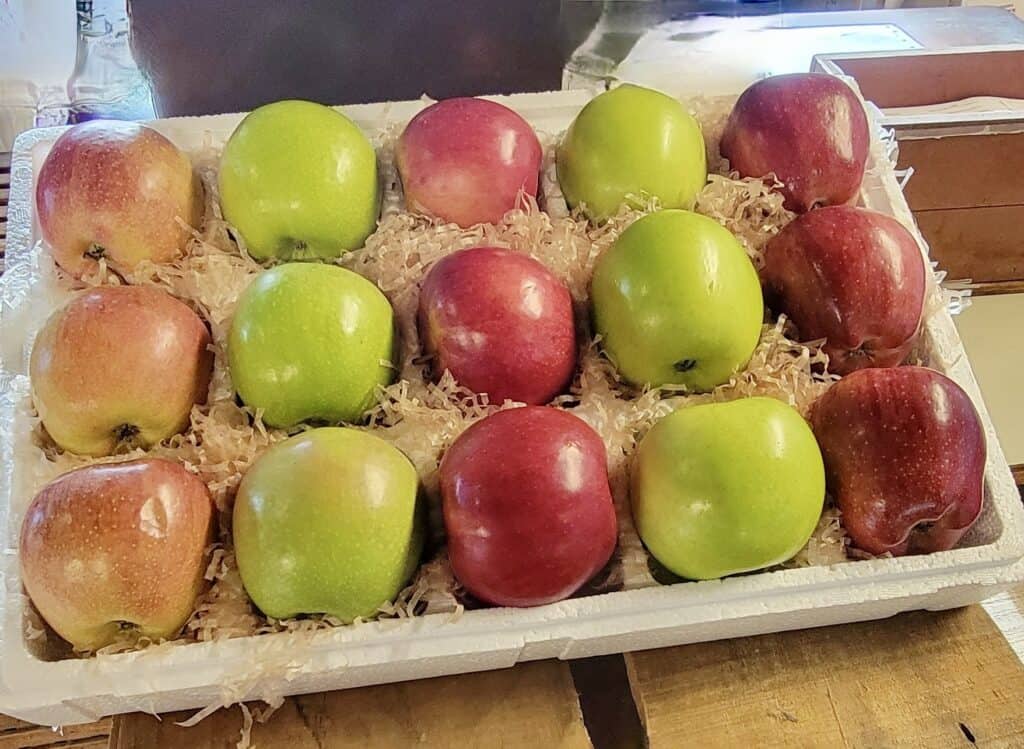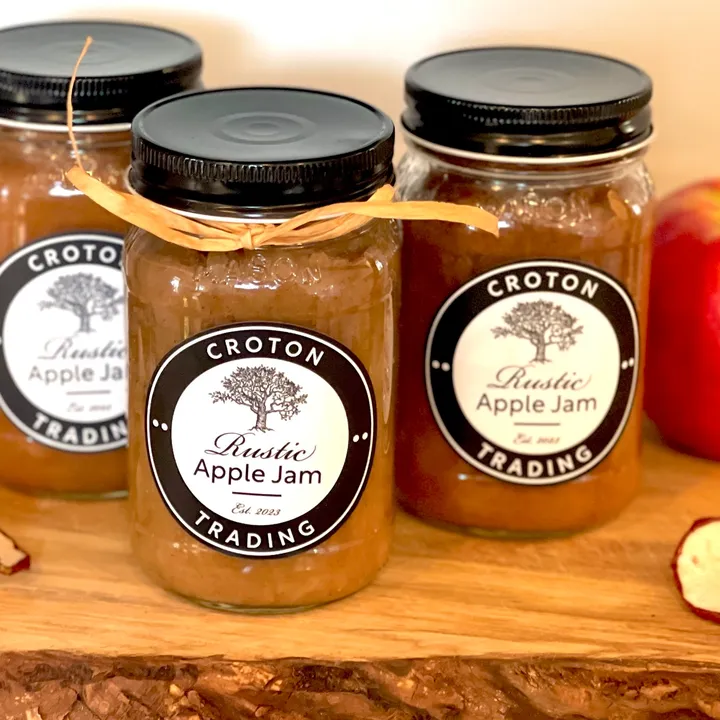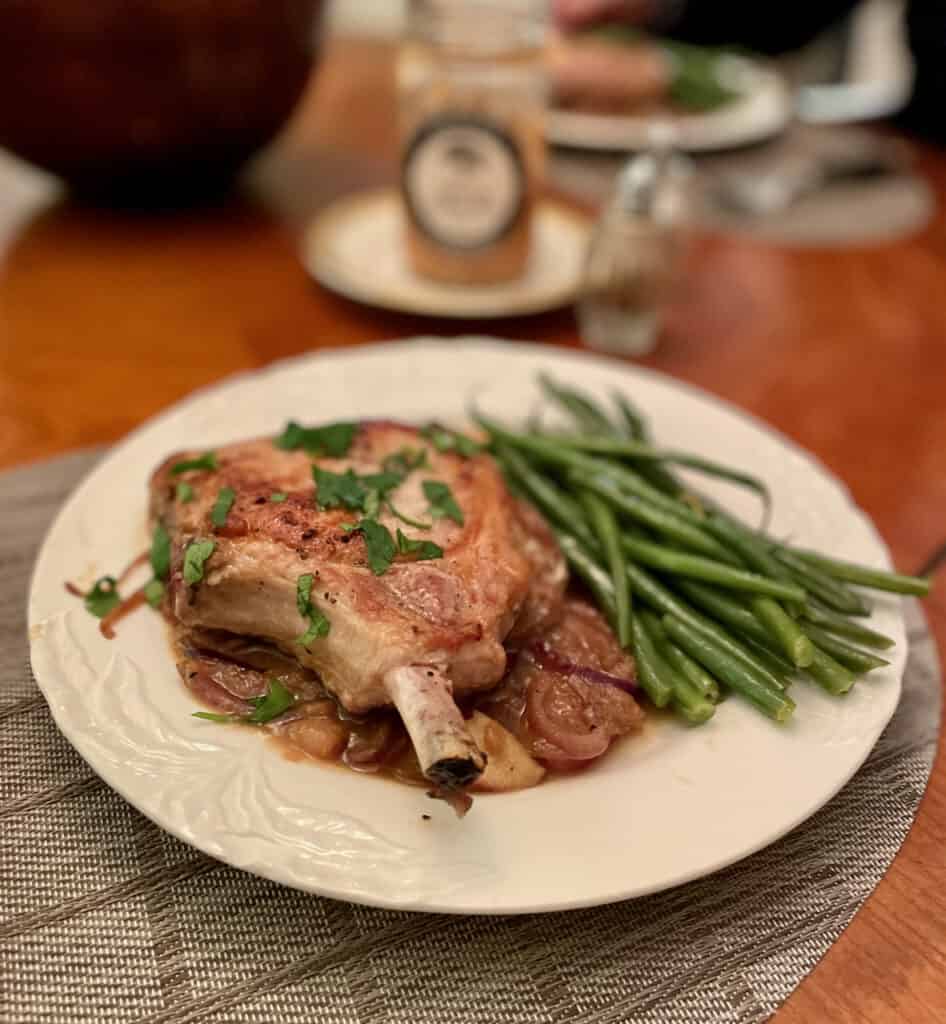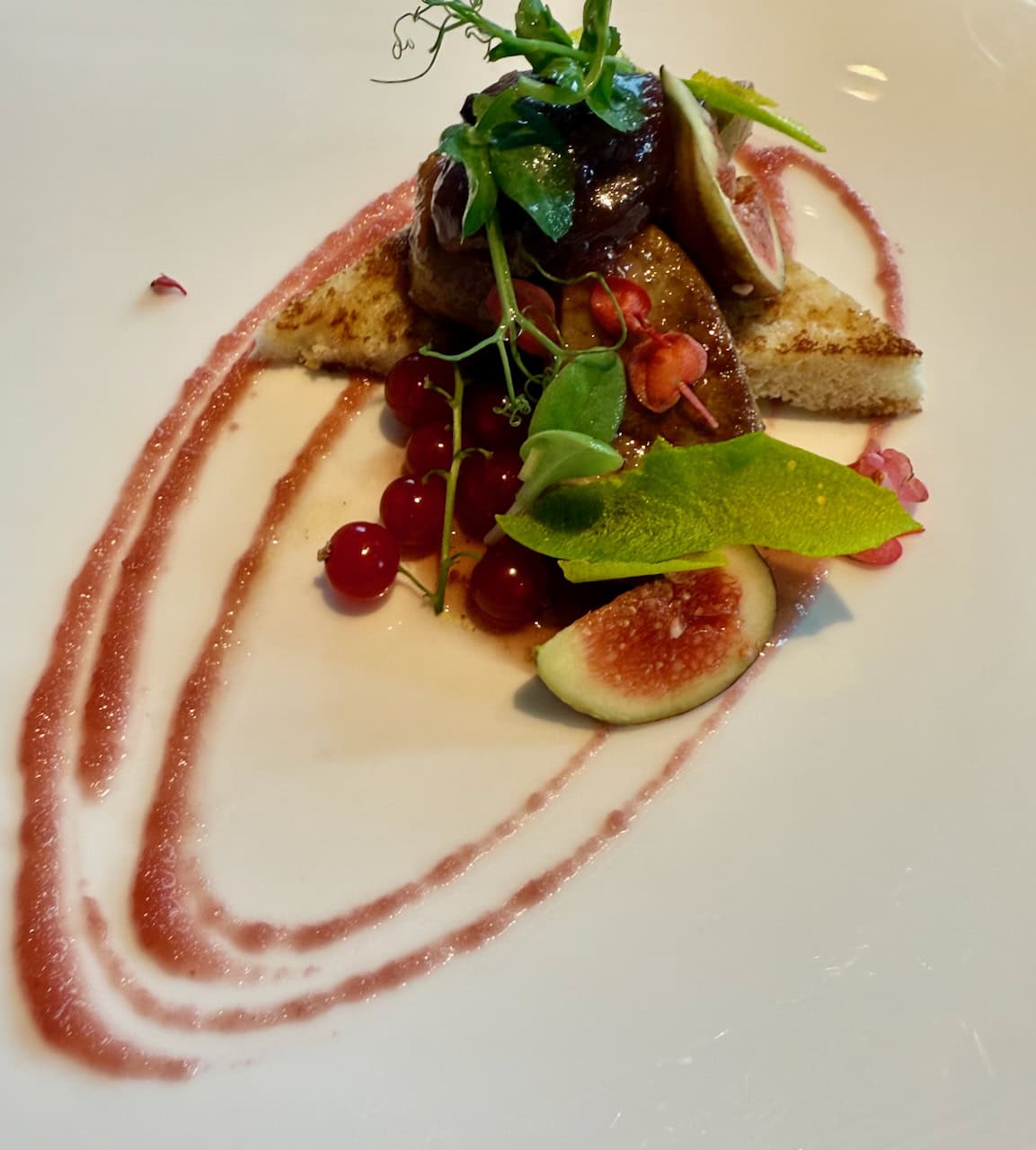 |
| Marcus Porcius Cato 234-149 BC |
If New York has a cake, it is most certainly our richly indulgent and sumptuously creamy cheesecake. There is a lot of culinary history to support this claim. And then there’s Junior’s, a Brooklyn Temple to Cheesecake which made history last year when its owner, Alan Rosen, rejected a $45 million offer to buy its downtown Brooklyn location. Rosen simply didn’t have the heart to see the landmark torn down to be replaced by a condo tower. That gives you some idea of how passionately New Yorker’s in general and Mr. Rosen in particular, feel about cheese cake. Cheesecake itself goes back to the 1st Century AD. According to an article written by Linda Stradley for the website www.whatscookingamerica.net, Marcus Porcius Cato, a Roman politician and writer gave his recipe for “Libum”, a small cake used as a temple offering. He wrote: “Libum
 |
| Libum, the world’s first cheesecake. |
to be made as follows: 2 pounds cheese well crushed in a mortar; when it is well crushed, add in 1 pound bread-wheat flour” and then offered the first recorded piece of dietary advice about cheesecake, Cato adds: “Or, if you want it to be lighter, just 1/2 a pound, to be mixed with the cheese. Add one egg and mix all together well. Make a loaf of this, with the leaves under it, and cook slowly in a hot fire under a brick.”
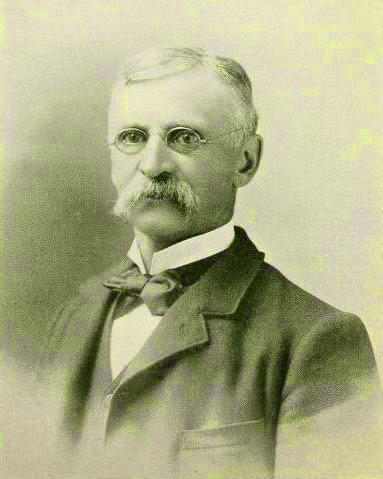 |
| William Lawrence, the inventor of Cream Cheese |
Cheesecake is commonly made with one of four cheeses: Ricotta, Nuefchatel, cottage cheese or Cream Cheese. But for true New York Cheesecake only the latter is ever used. Cream Cheese was invented in 1872 in Chester, New York by one William Lawrence. In attempting to duplicate the popular Neufchatel cheese from France, he discovered a formula for an un-ripened cheese that was even richer and creamier, hence the name “Cream Cheese”.
For the Strawberry topping:
4. Reduce the oven temperature to 325°F.
To make the cheesecake:
3. Put the foil-wrapped springform pan in the roaster pan.
8. When the cake is cool, cover the top lightly and chill the cake for at least 4 hours, although overnight would be better.


